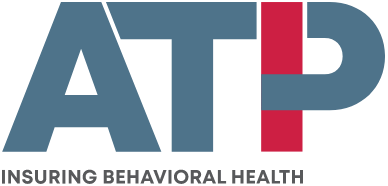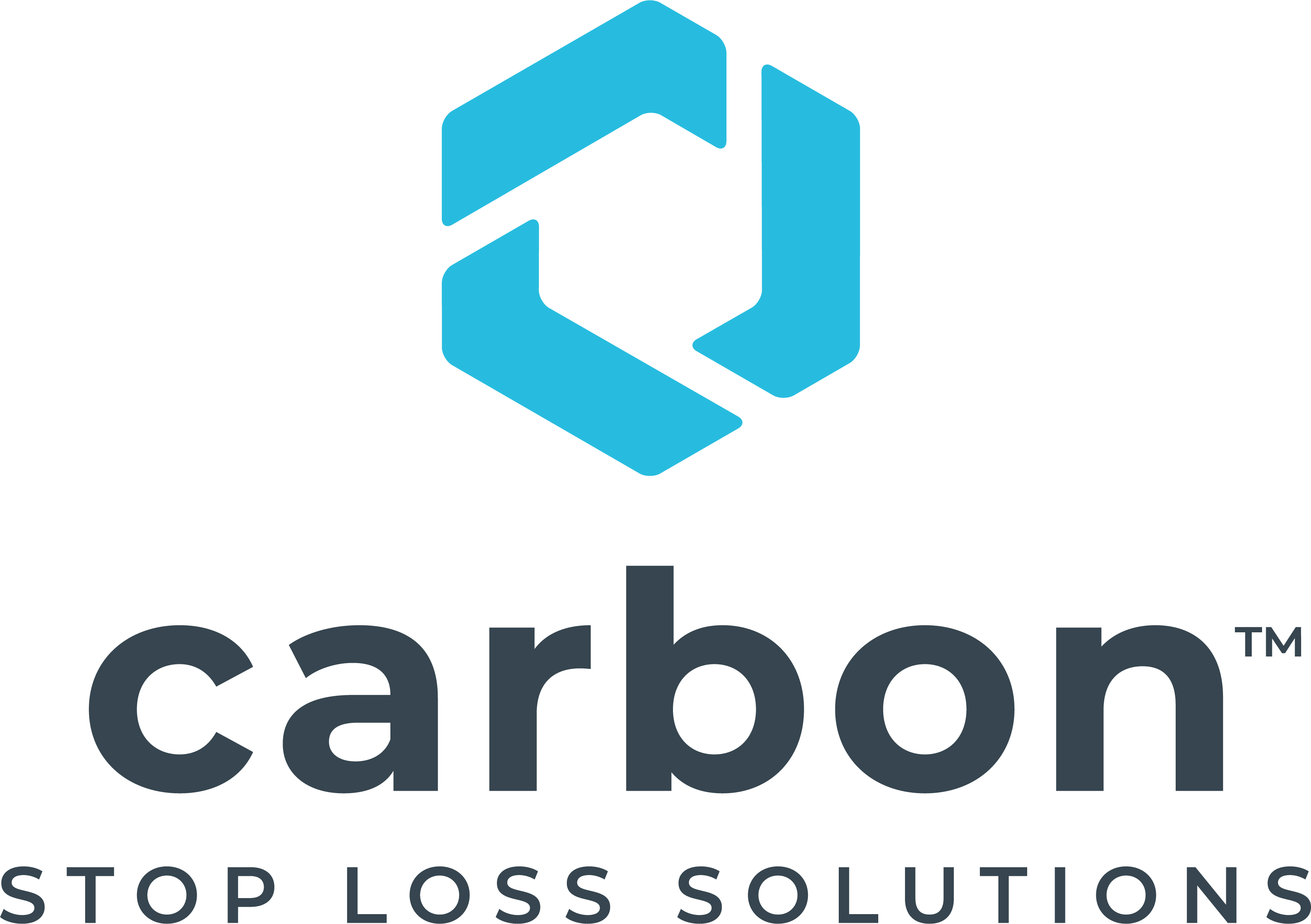Behavioral Health Industry Trends

By Krista Mayes, ATP Program Director
Our industry is constantly evolving. Let’s explore some of the latest trends in behavioral health, including the market outlook, research, government news and insurance coverage changes — including insights from two experts: Terry Cooper, SVP of AssuredPartners, and Doug Tieman, President Emeritus and Senior Advisor to the CEO for Caron Treatment Centers.
Demand is Growing
Terry Cooper shared, “[Behavioral health] is a growing segment because we have a nationwide problem. Ten percent of the population needs mental health or substance abuse treatment…there’s a lot of opportunities.” Doug Tieman echoed Terry’s sentiment. “41.1 million people ages 12 or older need treatment for an illicit drug or alcohol problem. 2.7 million of these individuals received treatment at a specialty facility.”
Uptick in Dual Diagnosis/Comorbidity Treatment
The early 2000s brought acknowledgment of the need to treat substance use disorder and mental health disorder comorbidity, but licensing for each was still separate in many states. Within the last 5-7 years, there has been more sophistication and understanding around treatment for dually diagnosed patients, and it’s now more rule versus exception. In fact, many of the premier treatment providers are dually licensed. Doug Tieman commented, “Insurers see the value of treating behavioral health, including substance use disorder — it saves dollars and lives.”
Research Shows Treatment Is Effective
While the numbers of people in need of behavioral health services are staggering, the good news is treatment works. According to Doug Tieman, “Around 75% of people seeking recovery from a substance abuse problem achieve their goal, though it may take them some time to achieve full remission. The average number of attempts before success is five, though the median number is just two, meaning that a small number of outliers — usually individuals with the greatest addiction severity and other concomitant mental health issues – who need five-plus attempts, inflate the numbers, making them look worse than they are.”
The Federal Government Is Paying Attention and Buying in
The government seems to be understanding the weight of behavioral health needs. Doug Tieman shared, “For the first time in the modern war on drugs, the White House wants to spend more on treatment and prevention than law enforcement and interdiction.”
There is also renewed attention on the Mental Health Parity and Addiction Equity Act (MHPAEA). Earlier this year, the Departments of Labor, Health and Human Services and the Treasury released a report about the 2008 act. The report suggests health plans and health insurance issuers are failing to deliver parity for mental health and substance-use disorder benefits to those they cover. The report also highlights the departments’ emphasis on greater MHPAEA enforcement in addition to guidance to correct those failures. Recommendations to strengthen MHPAEA’s consumer protections and enhance the departments’ enforcement abilities and included in the report.
Insurance Changes
Terry Cooper noted two noticeable changes in insurance for this sector. First, carriers are scaling back. “We’re seeing a contraction in the space. Carriers aren’t as likely to cover or be receptive to different types of behavioral healthcare.” Second, there is a lack of protection for physicians. “We’re seeing carriers also get more conservative in their property underwritings and willingness to provide coverage for employed physicians.”
Let our team at ATP help you navigate the complexities facing sober living homes and other behavioral healthcare organizations. Please feel free to contact us at any time!












